Ireland’s dramatic coastline holds countless treasures, and small villages are
dramatically placed high above the rolling Atlantic waters. Of course, the Cliffs of
Moher steal all the headlines, but these quieter coastal communities deliver equally
stunning scenery without the crowd.
From County Clare to County Donegal, these lesser-known coastal communities
offer authentic Irish charm and breathtaking cliffside settings that will leave visitors
speechless.
Portbraddan, County Antrim
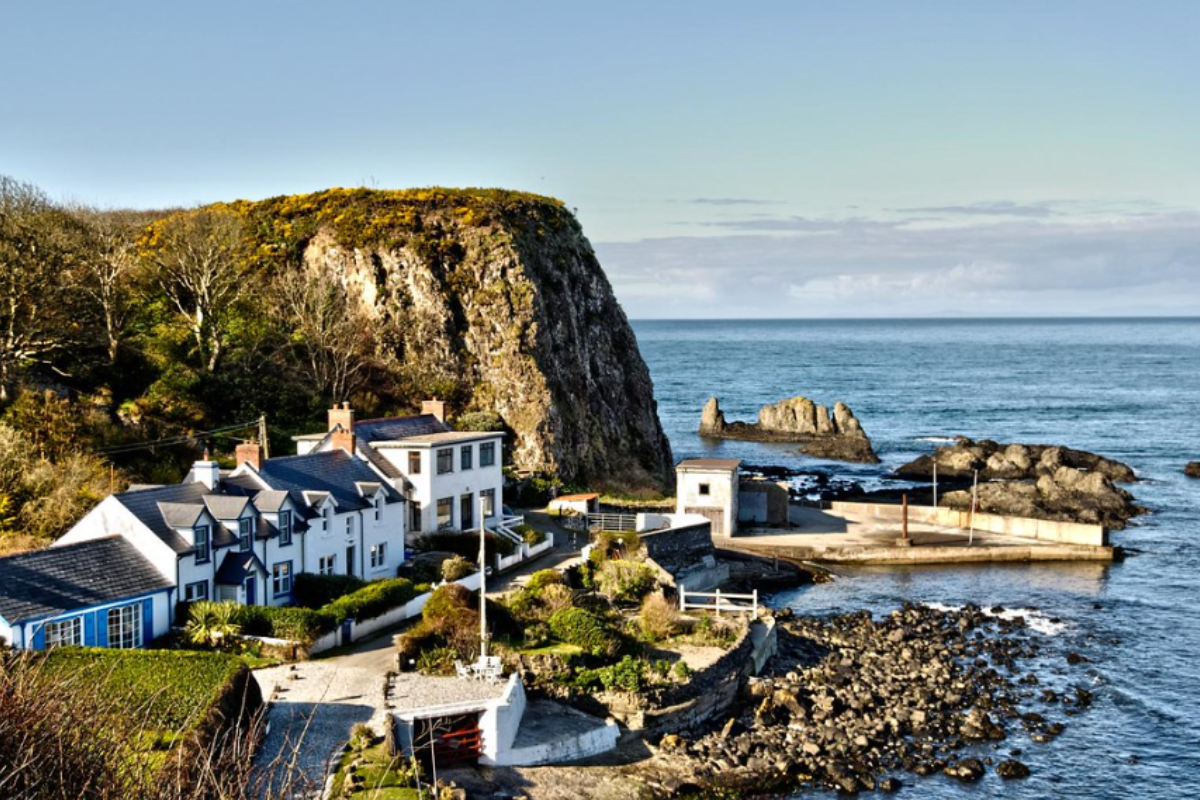
This small church in Portbraddan is said to be Ireland’s smallest. Located in a narrow
inlet beneath towering limestone cliffs, the village consists of only a few whitewashed
cottages clinging to the rocky shoreline where local fishermen still launch their boats
at dawn.
Hikers can access the dramatic cliff-top trail to the Giant’s Causeway, with sections rising 400 feet above the churning sea. The village’s secluded beach reveals fascinating rock pools at low tide while the ruins of Dunluce Castle loom dramatically on nearby cliffs.
Malin Head Village, County Donegal
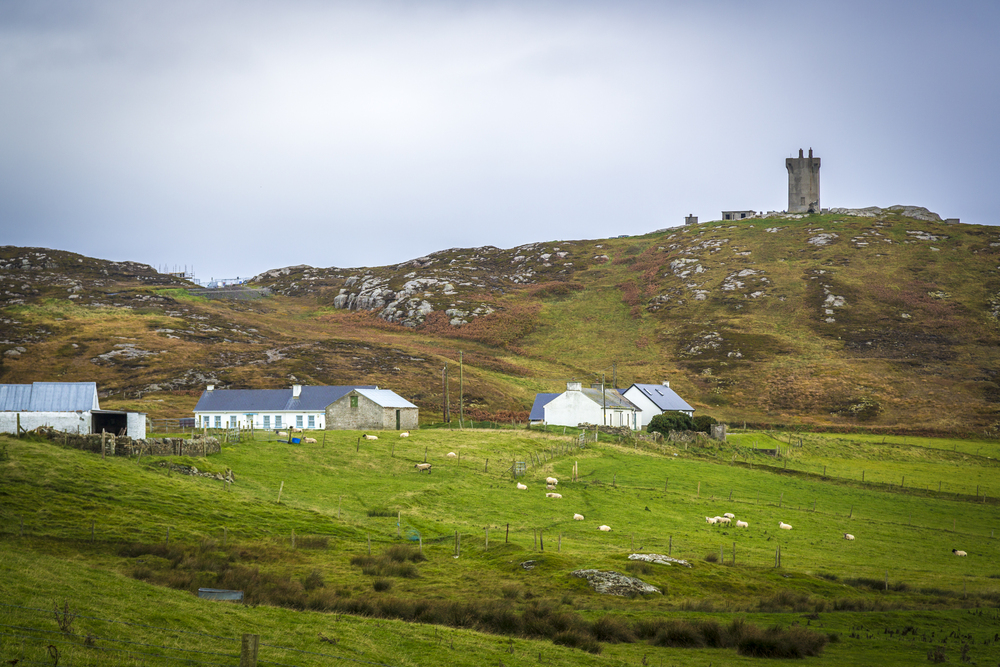
This tiny hamlet is located on Ireland’s northernmost point, perched on cliffs that
plunge 500 feet into the ocean. Ancient signal towers stand sentinel on the
headland, marking centuries of maritime history.
During winter, the village offers front-row seats to the mesmerizing Northern Lights, while summer brings nesting seabirds to the cliff faces. Local fishermen still practice traditional methods passed down through generations, and the community’s close-knit nature welcomes visitors like long-lost friends.
Like Travel Pug’s content? Follow us on MSN.
Dunquin, Dingle Peninsula

The last parish before America, Dunquin’s stone cottages overlook the treacherous
Blasket Sound and its abandoned islands. A dramatically winding path known as the
‘Dunquin Pier’ zigzags down 600-foot cliffs, once used by islanders to reach the
mainland.
The village’s ancient stone walls and traditional farming practices have remained unchanged for centuries, preserving a way of life that seems frozen. The local pub still hosts traditional music sessions where stories of the Blasket Islands are shared nightly.
Ballyvaughan, County Clare
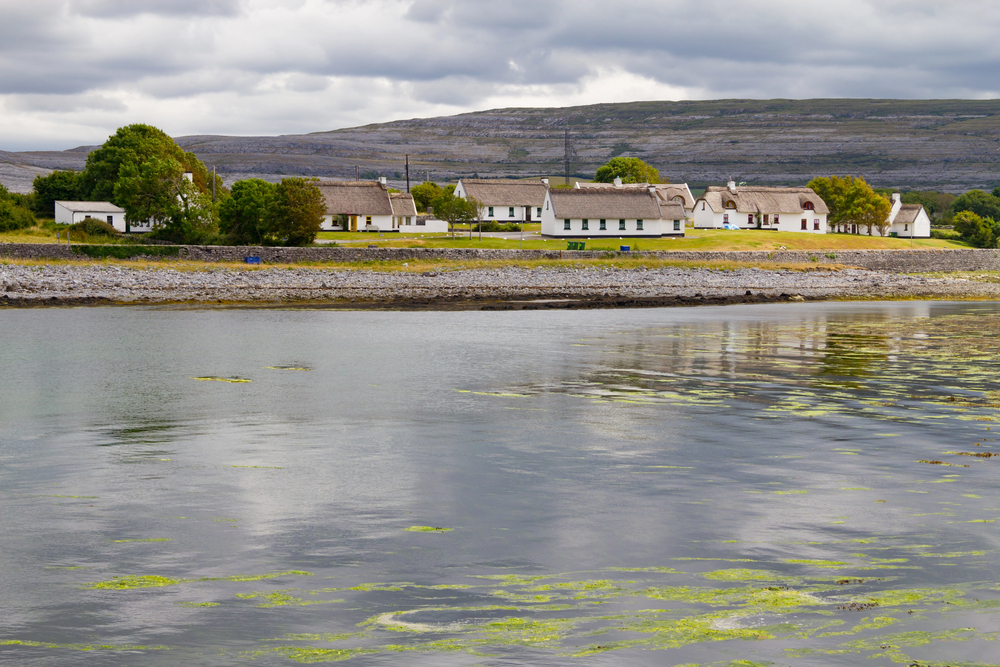
This limestone-rich village sits where the Burren meets the Atlantic, with cliffs rising
gradually from the harbor. Ancient stone forts dot the landscape, while rare Arctic
and Mediterranean plants grow side by side in the cliff crevices.
The village’s traditional smokehouse still cures wild salmon caught by local boats, maintaining age-old preservation methods. Walking trails lead to hidden caves and cliff-top viewpoints that few tourists ever discover.
Portacloy, County Mayo
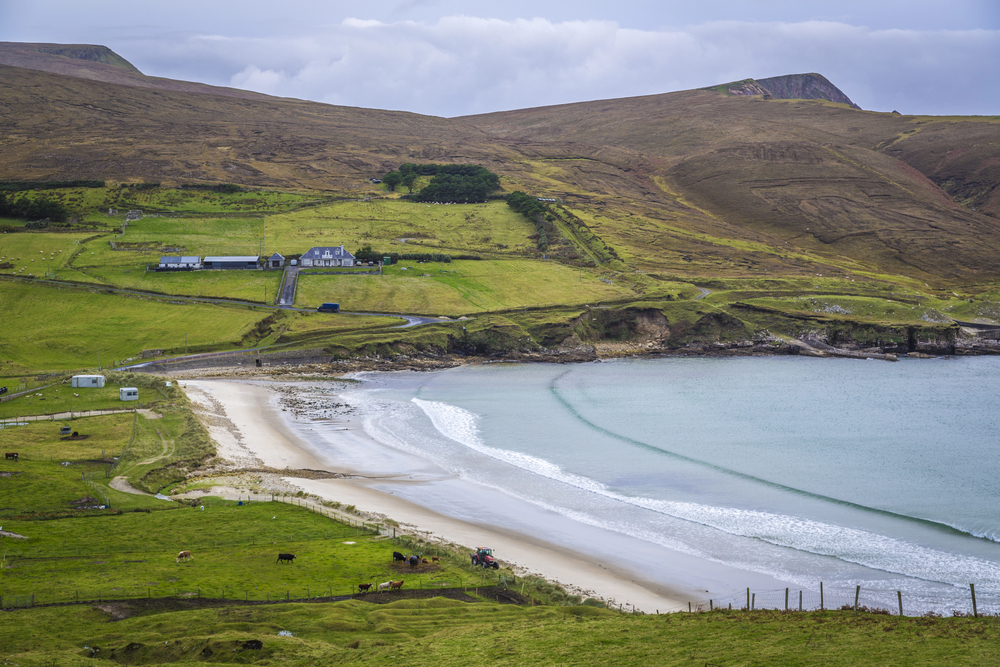
Tucked between towering headlands, this remote fishing village offers access to
900-foot-high sea cliffs, some of Ireland’s highest. Ancient potato ridges still visible
on the cliff slopes tell stories of pre-famine farming practices.
The village’s natural harbor provides shelter for traditional currachs, while dolphins regularly visit the deep waters beyond. Local shepherds still graze sheep on the precarious cliff edges, maintaining centuries-old farming traditions.
Like Travel Pug’s content? Follow us on MSN.
Ardmore, County Waterford
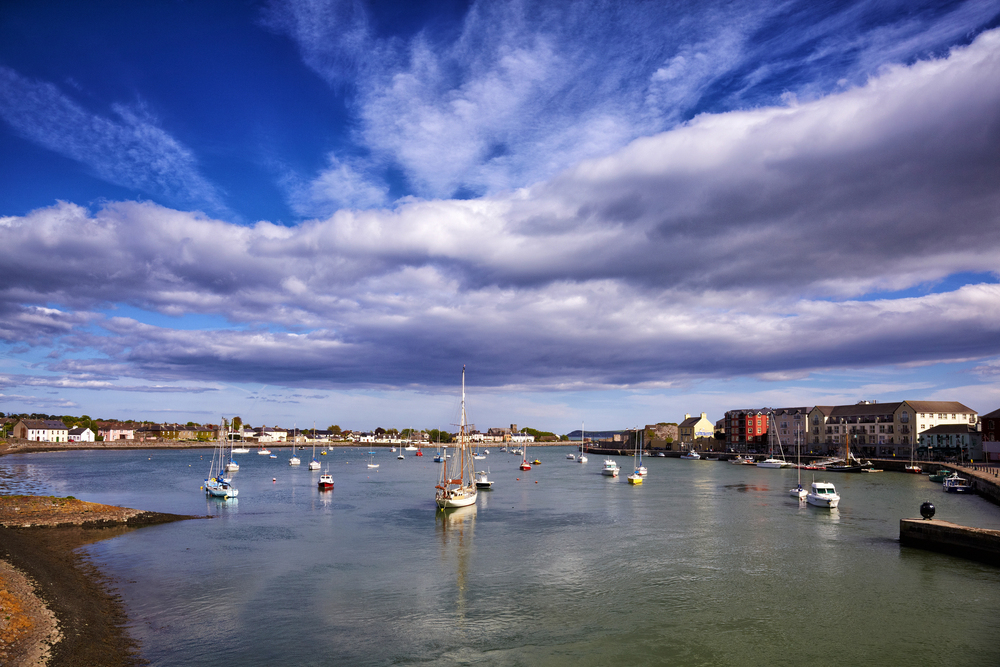
Built around Ireland’s oldest Christian settlement, Ardmore combines dramatic cliffs
with early medieval history. A 5-mile cliff walk passes round towers, ancient
churches, and the wreck of a Spanish Armada vessel.
The village’s traditional thatched cottages have been carefully preserved, while local artists draw inspiration from the dramatic coastline. Fishing boats still return daily with fresh catches that supply the village’s award-winning seafood restaurants.
Portally Cove, County Waterford
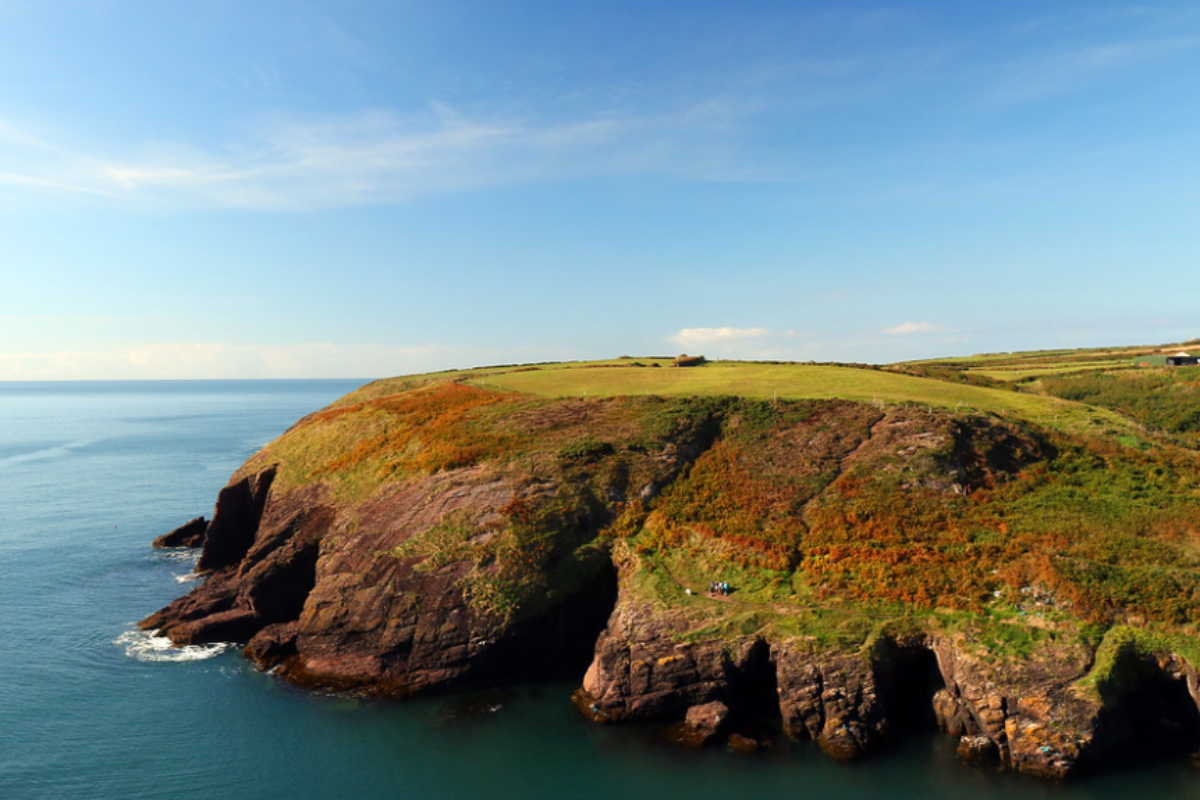
Hidden between red sandstone cliffs, this tiny hamlet preserves the atmosphere of
19th-century coastal Ireland. Local caves hold evidence of smuggling history, while
the narrow cove once sheltered privateers from revenue ships.
The village’s single- lane track winds down 300-foot cliffs, revealing stunning views across Hook Peninsula. Traditional farming practices continue on the cliff tops, where fields end abruptly at the ocean’s edge.
Annestown, County Waterford
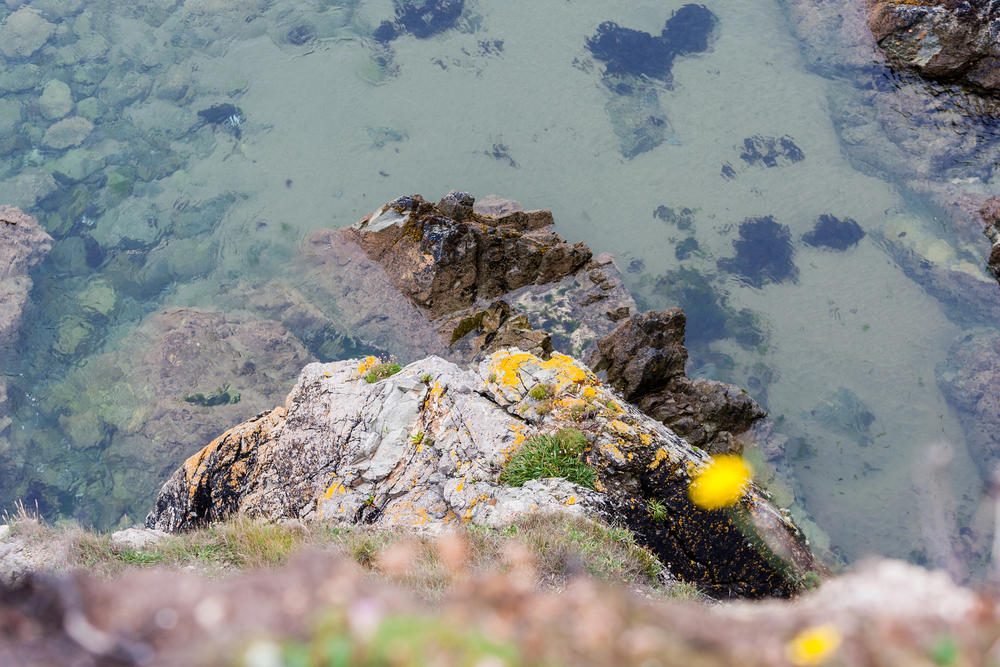
Sheltered by cliffs of rich copper, this former mining village retains strong ties to its
industrial past. At low tide, the beach shows traces of ancient forests, and ancient
miners’ tracks follow above on cliff-top paths.
According to local folklore, copper has been extracted from the cliffs since the pre-Bronze Age, and remains are visible. The village’s traditional homes even contain stones from the original mining community.
Like Travel Pug’s content? Follow us on MSN.
Ballyandreen, County Cork
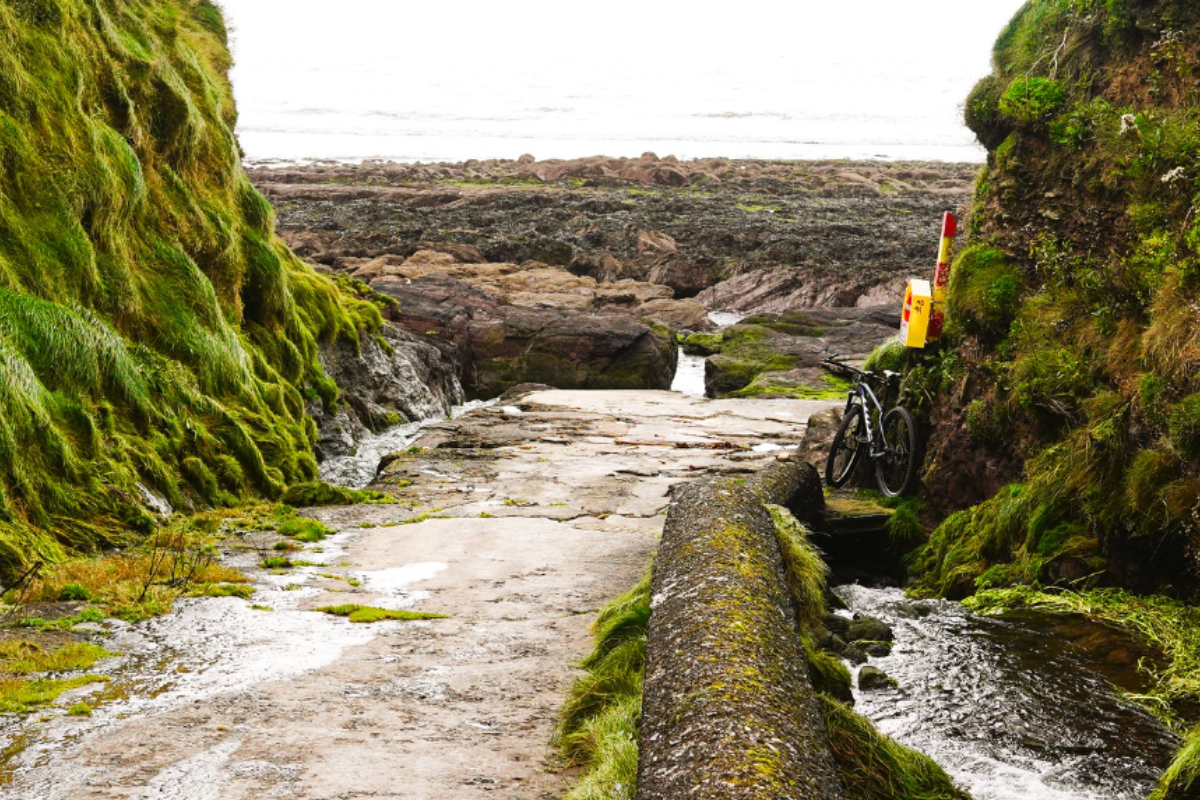
Nestled beneath limestone cliffs, this farming community maintains strong ties to
both land and sea. Ancient stone walls create a patchwork of fields that stretch to the
cliff edges, some dating back to medieval times.
The village’s natural swimming pools, carved from rock by generations of residents, fill with each high tide. Local knowledge of dangerous currents and safe harbors has been passed down through centuries of maritime experience.
Castletownshend, County Cork
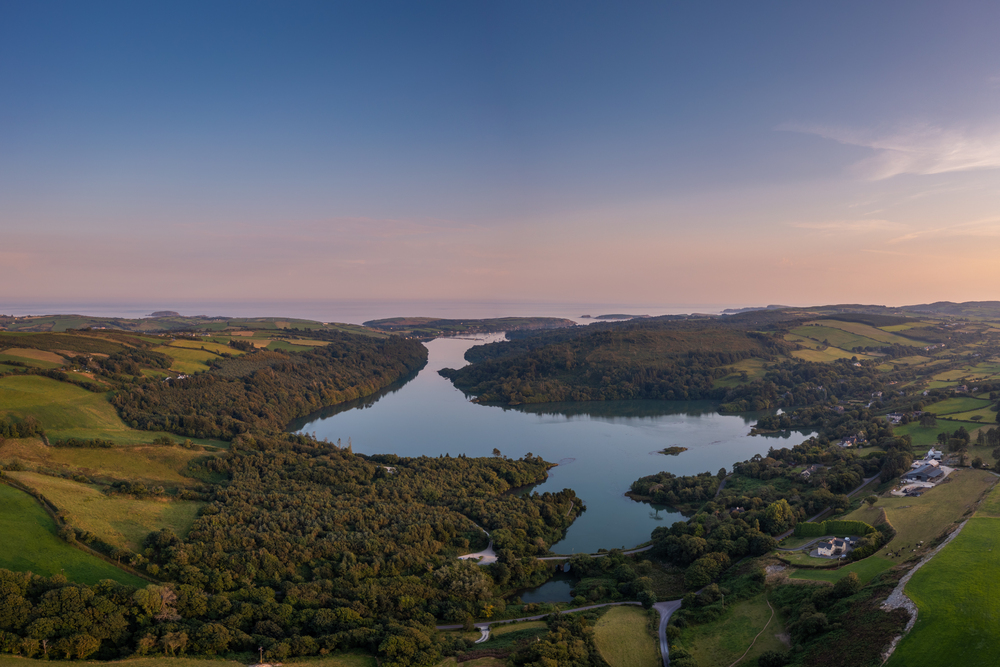
This planned village dates from the 17th century and is built on steep slopes leading
to cliff-topped headlands. Georgian houses line the main street, and ancient castle
walls merge with natural cliff faces. The hierarchy of roads and lanes reflects
historical social divisions, with fishing families traditionally living nearest the harbor.
Local boatbuilders still practice traditional methods in waterfront workshops that have
been passed down through generations.
Brandon Creek, County Kerry
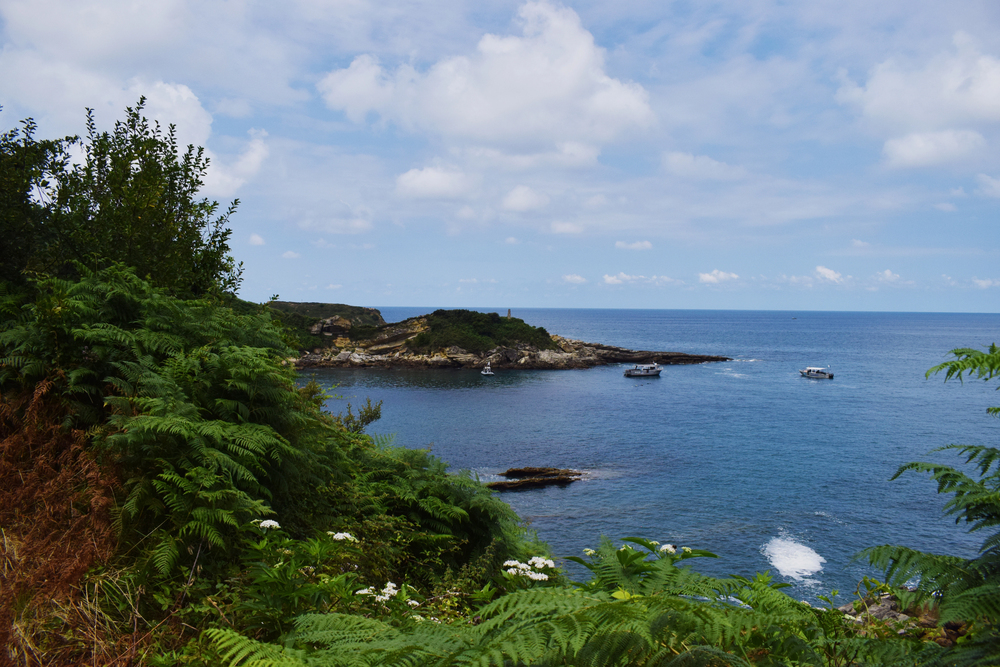
This hamlet, tucked under the cliffs of Mount Brandon, is said to be the take-off point
of Saint Brendan’s famous voyage. The stone pier of the village extends from cliffs of
800 feet, offering shelter for the traditional fishing boats.
Ancient Christian crosses carved into cliff faces mark pilgrimage routes for over millennia. The local community connects strongly to early Christian history through annual patterns and ceremonies.
Like Travel Pug’s content? Follow us on MSN.
Portrane, County Dublin
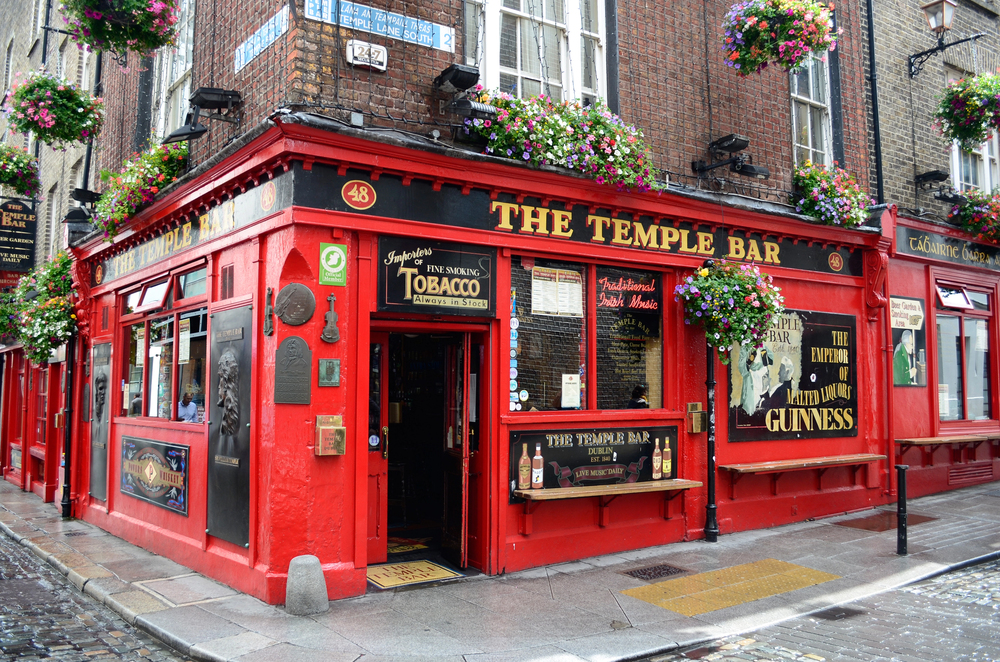
Despite its proximity to Dublin, this village remains remarkably unchanged, with
dramatic cliffs providing natural protection. Victorian beach houses line the shore,
while cliff-top paths reveal views across Lambay Island.
The village’s martello tower stands sentinel on the headland, part of a defensive network built during Napoleonic times. Local children still learn traditional swimming techniques in natural rock pools carved by generations of residents.
Rosses Point, County Sligo
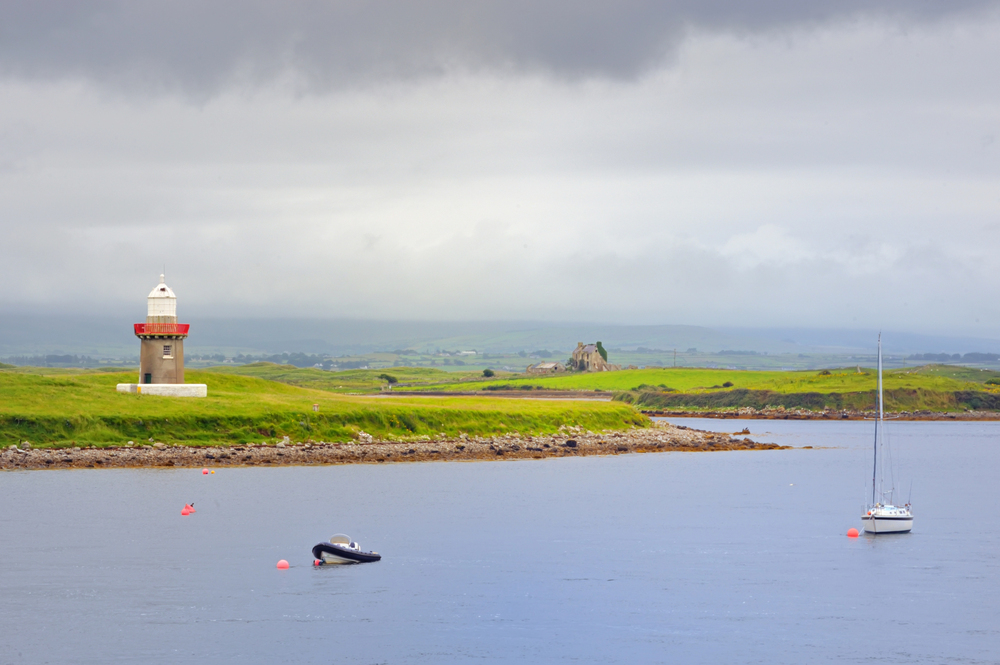
Yeats Country’s hidden gem sits where cliffs meet sandy beaches, inspiring artists
for generations. The village’s three lighthouses tell stories of maritime history, while
prehistoric sites dot the surrounding headlands.
Local pilots still guide ships through treacherous channels using knowledge passed down through family lines. The village’s seafaring traditions are celebrated in traditional music sessions that attract musicians from across Ireland.
Greencastle, County Donegal
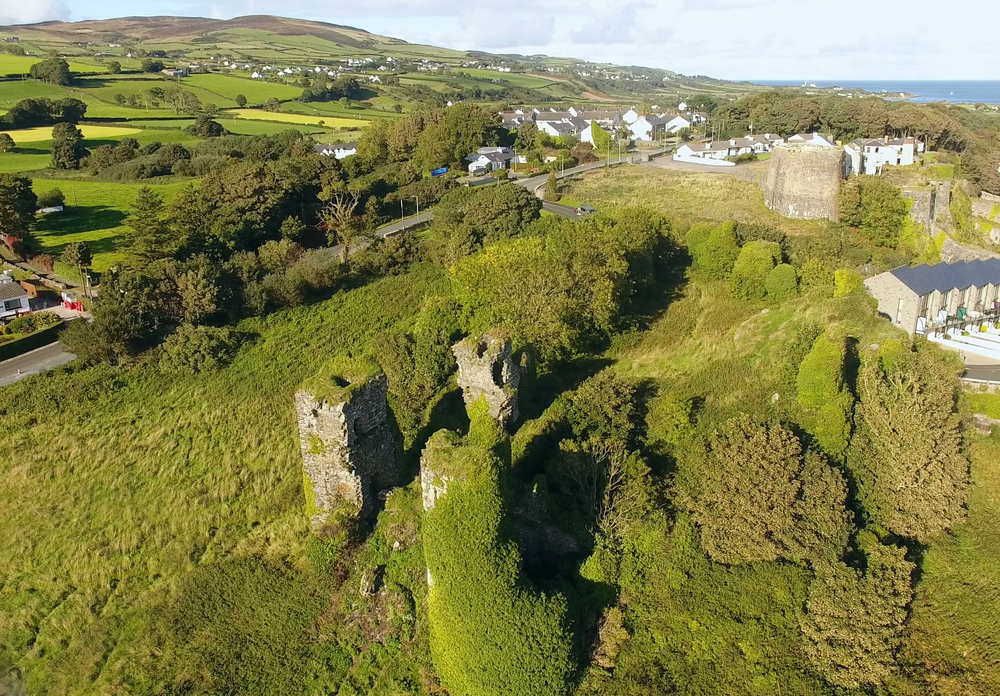
This fishing village, guarding the entrance to Lough Foyle, combines medieval
history with dramatic cliff settings. The castle ruins merge with natural rock
formations, while ancient signal towers dot the surrounding headlands.
The village’s maritime college continues centuries of seafaring tradition, training new generations in traditional navigation methods. Local fishermen maintain traditional knowledge of seasonal fishing grounds marked by cliff-top features.
Like Travel Pug’s content? Follow us on MSN.
Ballywilliam, County Wexford
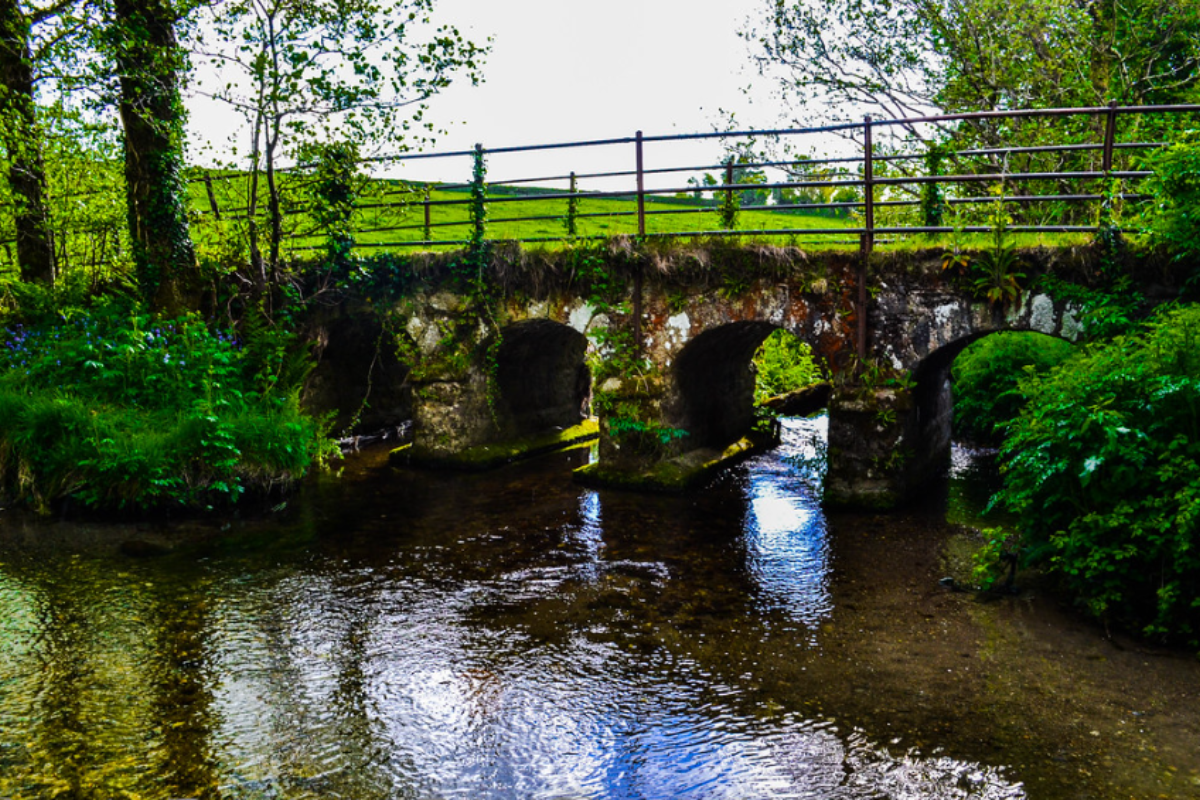
Overlooking the Celtic Sea, this farming community has adapted to life on the edge
of 400-foot cliffs. Ancient field patterns visible from the air reveal medieval farming
practices that continue today.
The village’s holy well, perched precipitously on the cliff edge, has been a pilgrimage site for centuries. Local families maintain traditional knowledge of safe paths to hidden coves and beaches down the cliffs.
Exploring Ireland’s Coastal Heritage Today
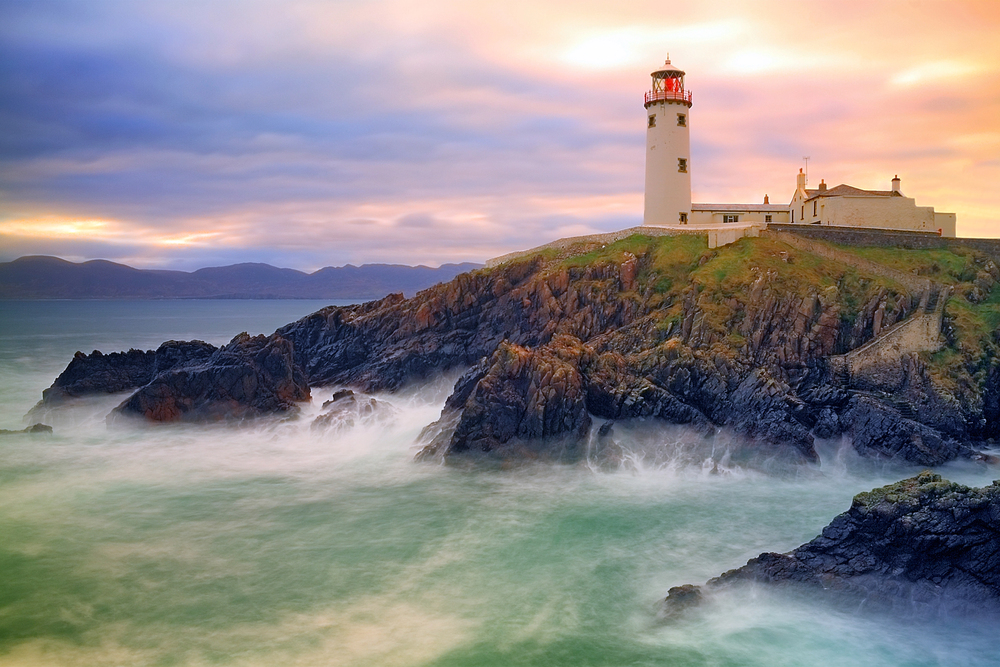
These villages are more than just a picturesque view; they are living connections to
Ireland’s maritime heritage. While modern life has changed much, the core
relationship between communities and their dramatic cliff-side settings remains
strong.
Visitors who take time to explore these hidden corners of Ireland’s coastline will
discover spectacular views and the warm welcome of communities who have called
these dramatic locations home for countless generations.
More from Travel Pug

- 15 Dangerous European Cities to Avoid
- 15 Caribbean Islands Where Tourists Keep Getting Scammed
- The 20 Most Fascinating Abandoned Places: A Journey Through Time and Forgotten Spaces
- 15 Hidden Places in the Smithsonian Museums Locals Love: A Guide to Lesser-Known Treasures
- 16 Hidden Florida Beach Towns That Aren’t Overrun with Tourists
Like Travel Pug’s content? Follow us on MSN.
